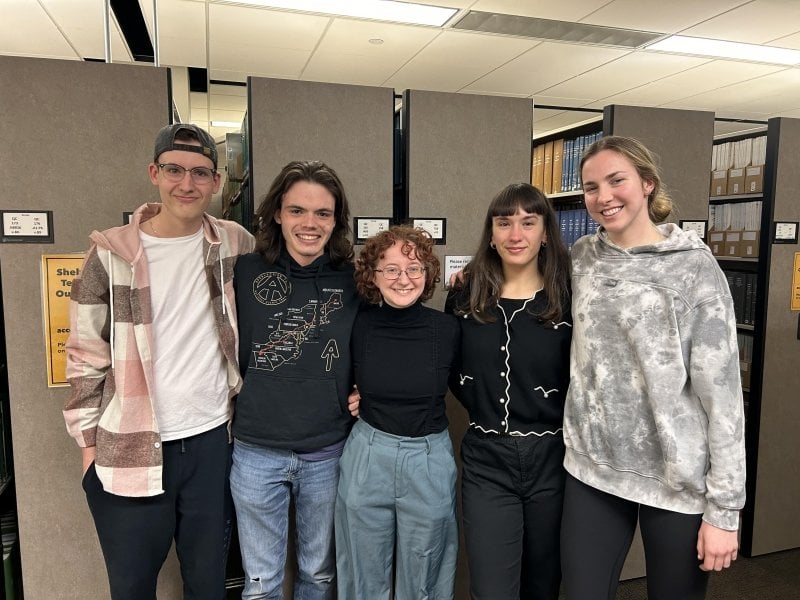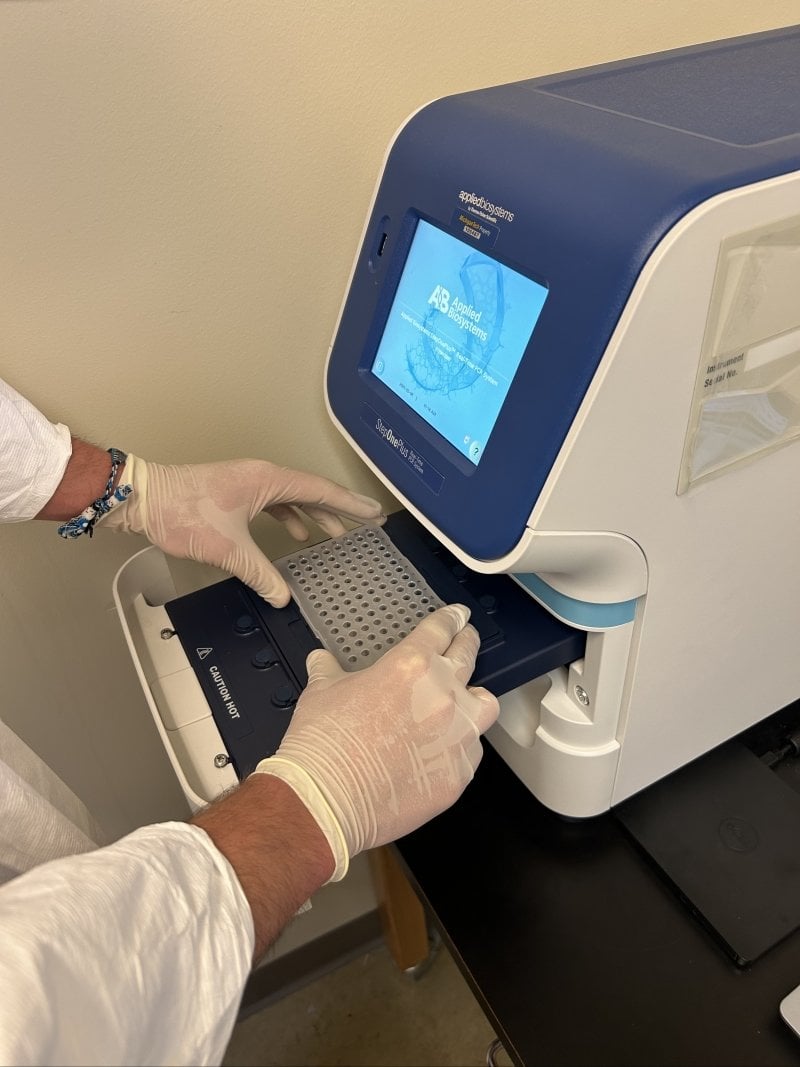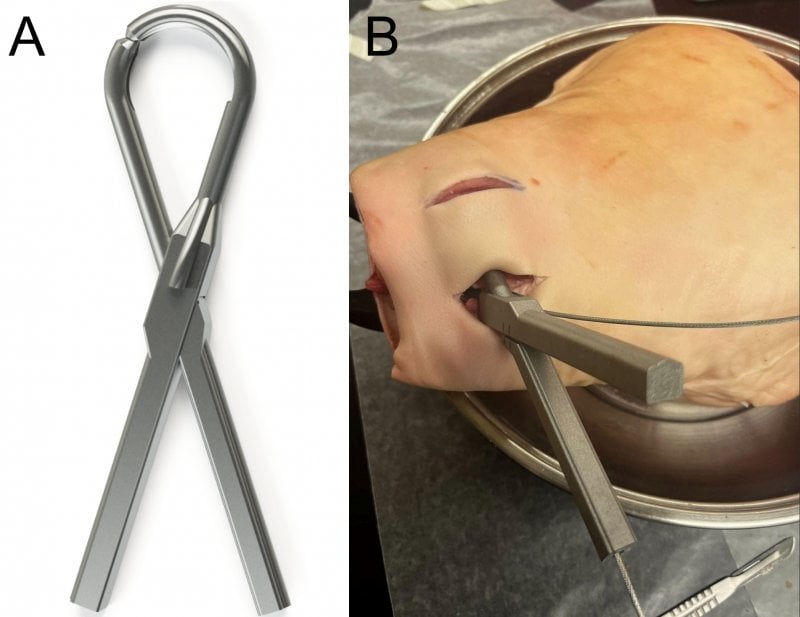202. Ambulatory Connection Device for Preclinical Studies
The objective of this project is to create an animal vest and cable system that will permit continuous data collection and drug delivery without interfering with animal and environment care. The device will allow the large mammal (goat, pig, dog, sheep, etc.) to freely ambulate around the enclosure while being able to withstand normal wear and tear of daily use. The resulting design will be made available online to both the medical device and pharmaceutical industries to aid in large animal research for product development. Currently, there is no such design that allows for both effective data collection/drug delivery and ambulation of the animal that is readily available for use by industrial R&D organizations.
204. Body Mounted Sensors-Aircrew
The goal of this project is to develop a system to be worn by aircrew during their daily activities that can record baseline physiological data in a secure manner for comparison to in-flight data. The physiological parameters of the design the team focused on include respiration rate, heart rate, and body temperature. The team was also tasked with quantifying activity intensity.
208. Development of a qPCR Assay for Clinically Relevant Bacteria Used in Chemical Disinfection Confirmation Testing
This project aims to replace the current method of disinfection validation using quantitative polymerase chain reaction, or qPCR. The present method uses agar plating and counting to quantify an unknown bacteria concentration in a sample. The device is cleaned, and residual bacteria is collected and plated for measurement to validate disinfection methods. The main objective is to create a new set of unique primers and probes for each of the five bacterial strains the team is working with, to eventually allow for multiplexing multiple strains at once in the qPCR machine.
210. Device to Culture Anterior-Segment of the Eye and Measure Intraocular Pressure in Real Time
At present, animal models are frequently employed to assess novel corneal disease treatment options, such as drug delivery, corneal wound healing, and regeneration. However, this reliance on animal models raises ethical concerns. Furthermore, these animal models might not accurately predict how drugs or regenerative processes will occur in humans. Evaluating regenerative medicine strategies with donor human corneas could improve the success rate of regenerative treatments. Thus, this project aims to develop a device which can be used to culture the whole anterior segment of the eye, which includes cornea, and provides the ability to measure changes in intraocular pressure for up to two weeks or longer. During the development phase of the project, rabbit eyes will be used as a model.
215. Mapping Defibrillation Pulse Attenuation
The current standard creates an issue of over engineering for some medical devices, which can prevent products from reaching the market on time and result in higher prices. While the 5kV defibrillator voltage may be appropriate for medical devices with applied parts within the vicinity of the defibrillator pads, it is unnecessarily high for medical devices with applied parts outside the patient’s thorax area, as they will not experience the full strength of the pulsewave due to bodily attenuation. The goal is to design a human impedance simulation model to provide an accurate representation of the attenuated defibrillation strengths at locations on the body.
218. Minimally-Invasive (MIS) Cable Passer for Trauma Surgery
The goal of the minimally-invasive (MIS) cable passer for trauma surgery project is to develop a MIS cable passer that allows for fracture stabilization in trauma surgery, specifically for long bone injuries. MIS surgeries are done to reduce incision size, limit exposure to potential infections, and reduce both nerve damage and muscle atrophy; all of which enable a shortened recovery time when compared to the current standard that utilizes large incisions for fixation. The project is currently in its design development phase which has included: preliminary research, defining constraints, objectives, and specifications, concept development, CAD modeling, design selection, design iterations, exploration of potential manufacturing processes utilizing 3D printing techniques, and testing.
219. Molecular Monitoring System
The goal of this project is to create an integrated circuit that can measure and transmit data from a specific collected analyte to a smart device. The circuit will be integrated with a custom electrochemical biosensor to be attachable and detachable. The device will utilize a high-resolution ADC and control amplifier to enhance the small input signal for analysis, and then using a Bluetooth Low Energy Module transmit that data wirelessly to a smart device for display. The completed circuit board will be constructed to fit within the size constraint of a bottlecap and be capable of collecting, analyzing, and storing data to be transmitted wirelessly to a smart device.
225. Production Torque Test System for Medical Robot Accessory
The goal of Senior Design Team 10's project is to design, construct, and test an end of the production line torque tester system for a medical robot accessory. The system will ensure the devices under test are able to withstand a brake torque of 3 oz-in for 3 seconds without a notable change in rotational speed, which is a requirement of the devices before they exit the production line. Deliverables of the student team include a fixture to stabilize the device under test, a containment box to enclose the system, a PLC code to run the test, and other features of automation to allow for a more efficient test.
227. Quantifying Head and Neck Movements Over a 12 Hour Period
The goal of the Quantifying Head and Neck Movements Over 12 Hours project is to develop an instrumentation system to be used in human testing that will track a participant's head movement in degrees. The purpose of this is to understand how far and how frequently the head moves during daily activities, so the proper lead can be chosen and tested by Barologics. The project created a system with two fusion 9-DOF sensors and a Raspberry Pi Zero W to track the movement, which was binned out in post processing to find the frequency of movements in degrees.

















